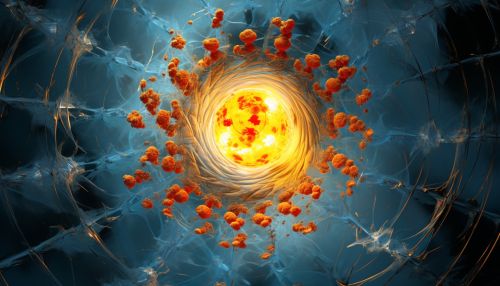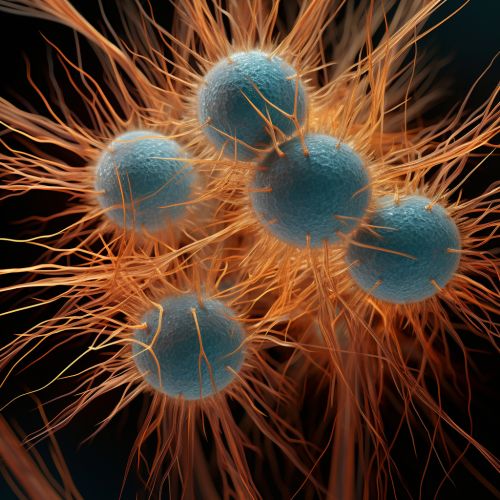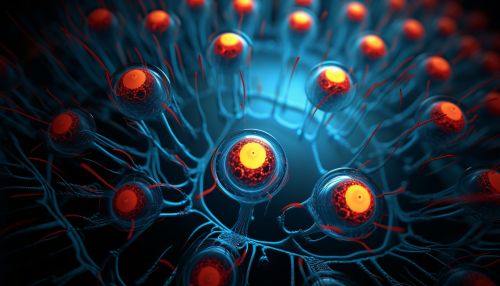Mitosis
Introduction
Mitosis is a process of cell division that results in two genetically identical daughter cells developing from a single parent cell, and is a fundamental process for growth and repair in all multicellular organisms. The process of mitosis is complex and highly regulated. The sequence of events is divided into phases, corresponding to the completion of one set of activities and the start of the next. These stages are prophase, prometaphase, metaphase, anaphase, and telophase.


Phases of Mitosis
Prophase
During prophase, the first stage of mitosis, the chromatin condenses into a highly ordered structure called a chromosome, the nuclear envelope breaks down and strands of microtubules extend from the centrosomes towards the edges of the cell[1].
Prometaphase
In prometaphase, the second stage of mitosis, the nuclear envelope is completely broken down, and the chromosomes begin to attach to the microtubules extending from each centrosome. The chromosomes continue to condense[2].


Metaphase
During metaphase, the third stage of mitosis, the chromosomes align along the metaphase plate, an imaginary line that is equidistant from the two centrosome poles. The sister chromatids are tightly attached to the microtubules[3].
Anaphase
In anaphase, the fourth stage of mitosis, the sister chromatids separate into individual chromosomes and are pulled apart by the microtubules. The chromosomes move towards the opposite poles of the cell[4].


Telophase
During telophase, the final stage of mitosis, the separated chromosomes reach the opposite poles of the cell. The small nuclear vesicles in the cell begin to re-form around the chromosomes at each pole, forming two new nuclei. The chromosomes begin to decondense, returning to their uncondensed chromatin form. The mitotic spindle fibers disappear, and the cell resumes its normal non-divided state[5].


Regulation of Mitosis
The process of mitosis is regulated by the cell cycle, a series of events that cell goes through as it grows and divides. The cell cycle is controlled by a complex series of signaling pathways by which a cell grows, replicates its DNA and divides. This process also includes mechanisms to ensure that errors are corrected, and if not, the cell is directed to die[6].


Mitosis and Cancer
Errors in mitosis can lead to abnormalities in the number of chromosomes in daughter cells, a condition known as aneuploidy. Aneuploidy is a common feature of cancer cells, and studies have shown that errors in mitosis can lead to tumorigenesis, the formation of cancer[7].
Conclusion
Mitosis is a complex and highly regulated process that is crucial for growth, repair and reproduction in all multicellular organisms. Errors in mitosis can lead to cancer, making the understanding of this process critical in the study of disease.
See Also
References
Cite error: <ref> tag defined in <references> has no name attribute.
Cite error: <ref> tag defined in <references> has no name attribute.
Cite error: <ref> tag defined in <references> has no name attribute.
Cite error: <ref> tag defined in <references> has no name attribute.
Cite error: <ref> tag defined in <references> has no name attribute.
Cite error: <ref> tag defined in <references> has no name attribute.
Cite error: <ref> tag defined in <references> has no name attribute.
